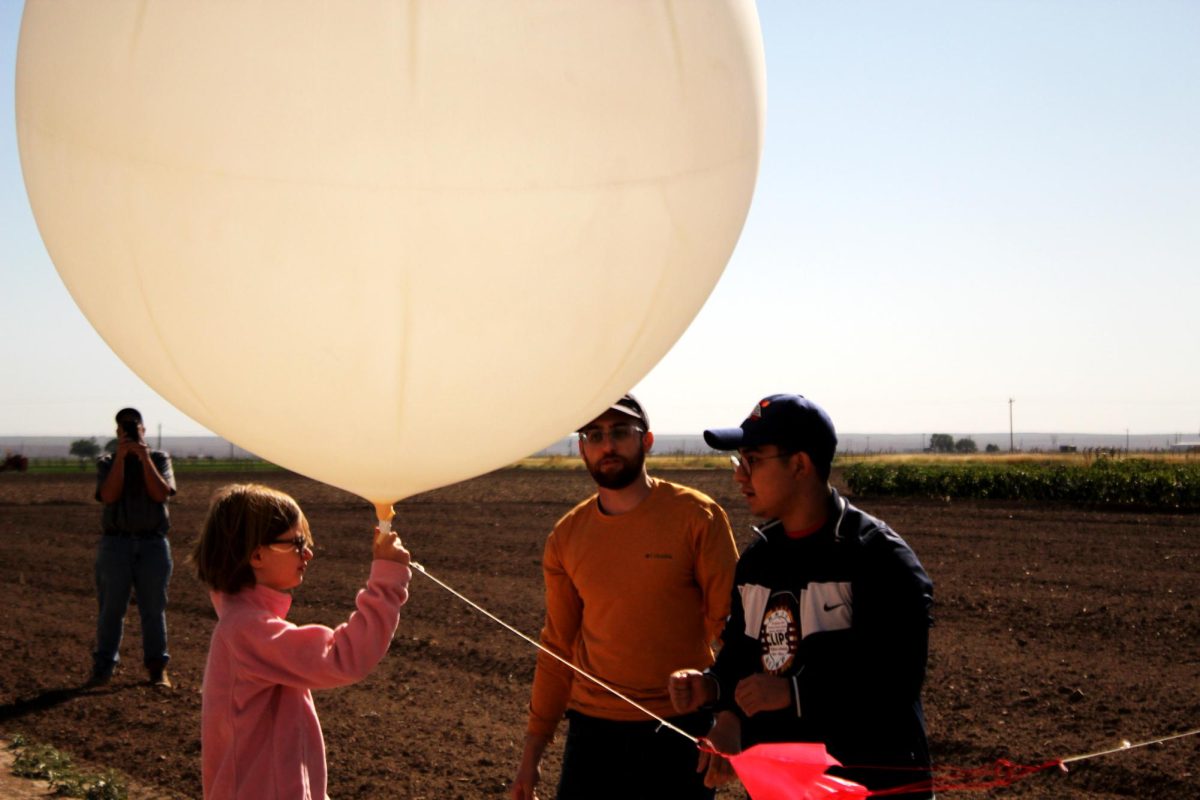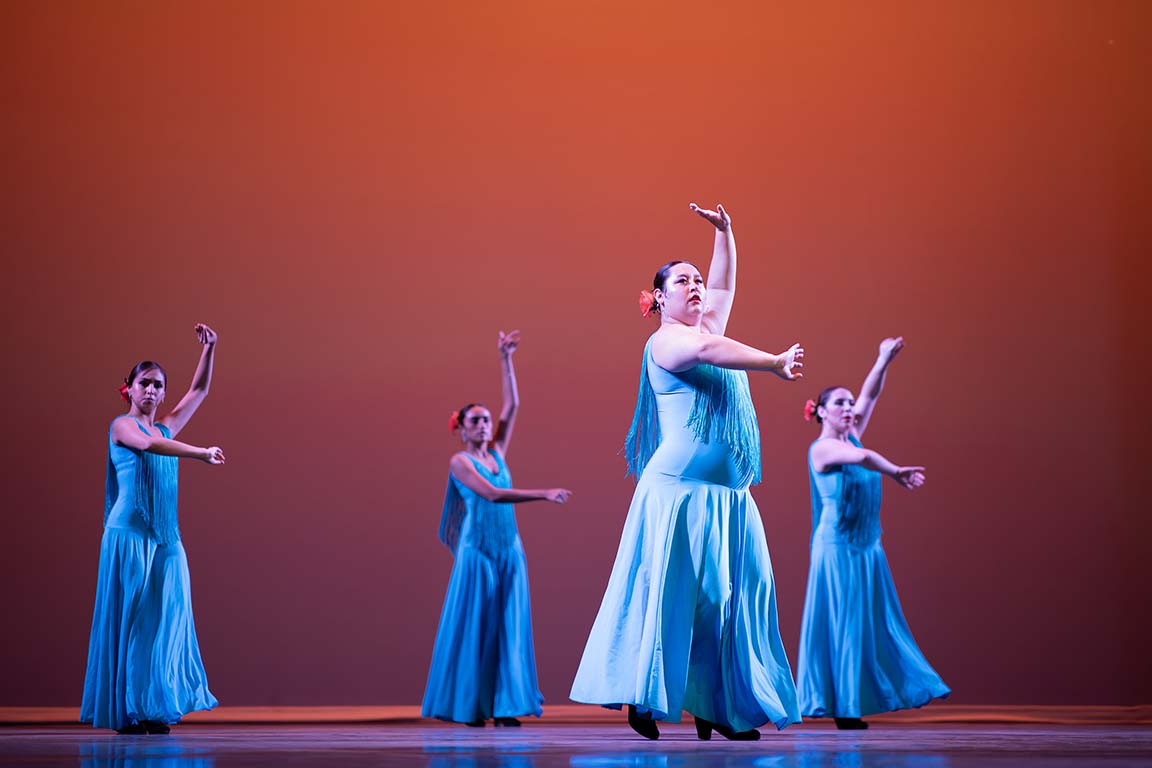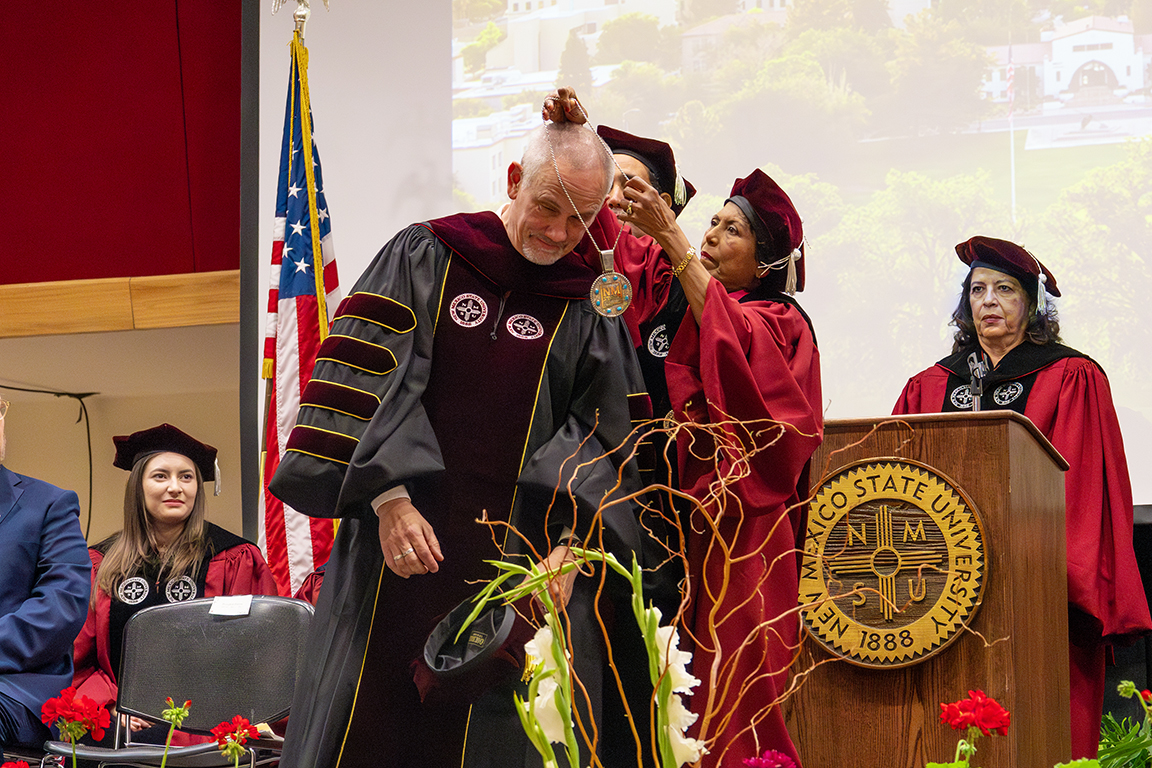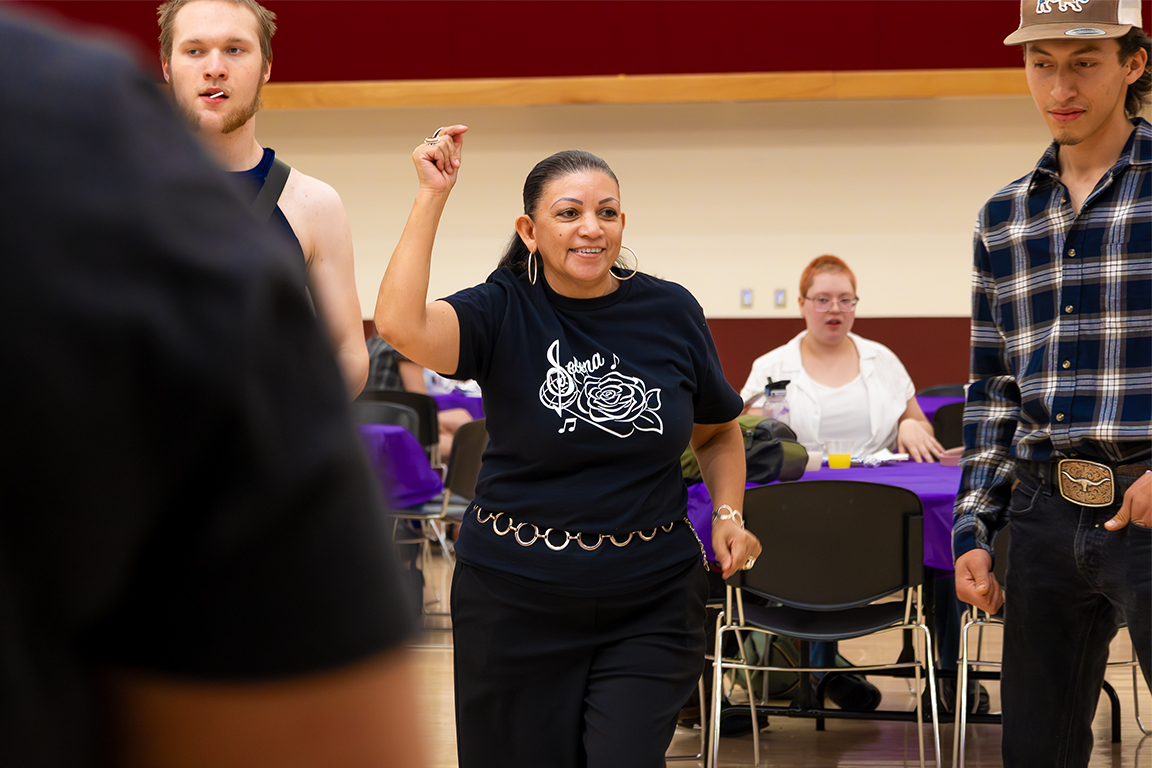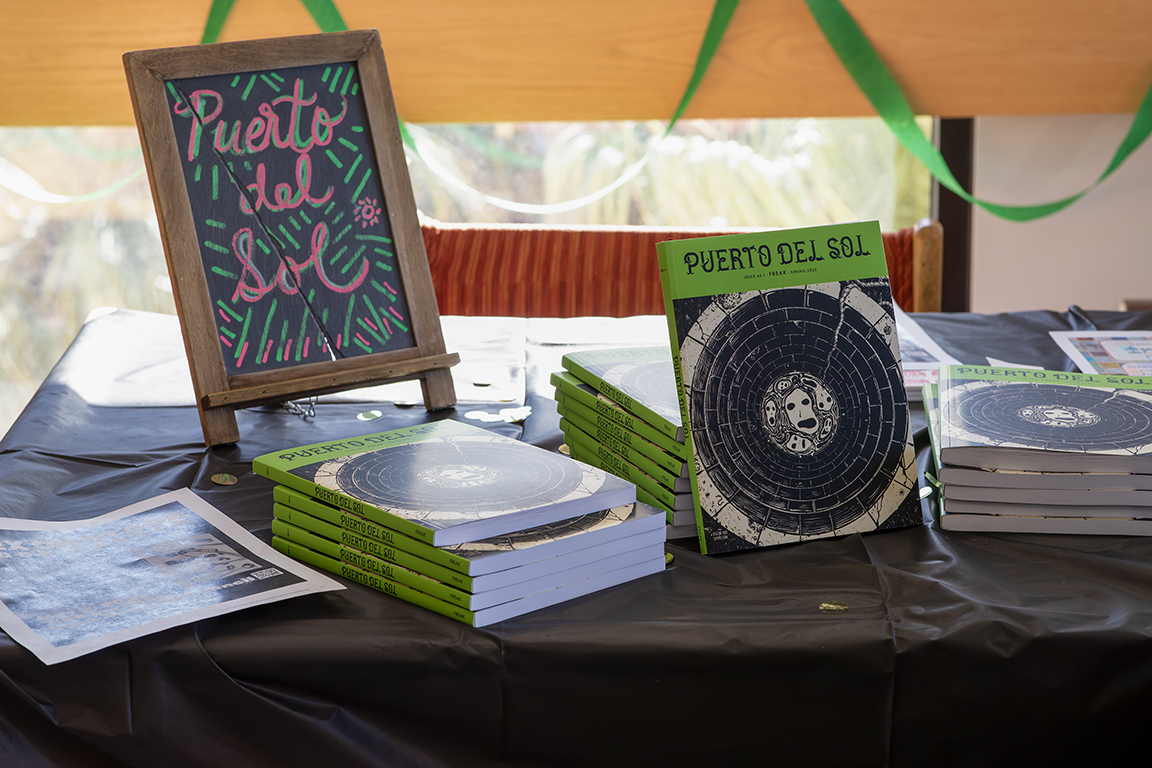The annular solar eclipse is a rare and awe-inspiring event that captures the attention of sky enthusiasts and scientists alike. During this natural phenomenon, the moon passes between the sun and the Earth, creating a stunning ring of fire in the sky. The totality provides a unique opportunity for researchers to study the eclipse’s effects on Earth’s atmosphere and nature.
The Agricultural Experiment Station hosted an experimental event on Oct. 14, 2023, which was led by Juie Shetye, assistant professor in the Department of Astronomy, to observe and study the impact of the annular solar eclipse on the planet.
The project was a collaboration between NASA, Montana State University, and the New Mexico Space Grant Consortium, with partial funding from the National Science Foundation. This scientific endeavor aimed to unravel the mysteries of atmospheric gravity waves during a solar eclipse.
It was also an opportunity for people from the local community and beyond to marvel at the eclipse. For observers to experience the eclipse in its full glory, a region with minimal cloud coverage and solar eclipse glasses is crucial. Event organizers ensured participants had the necessary protective eyewear to enjoy the spectacle safely.
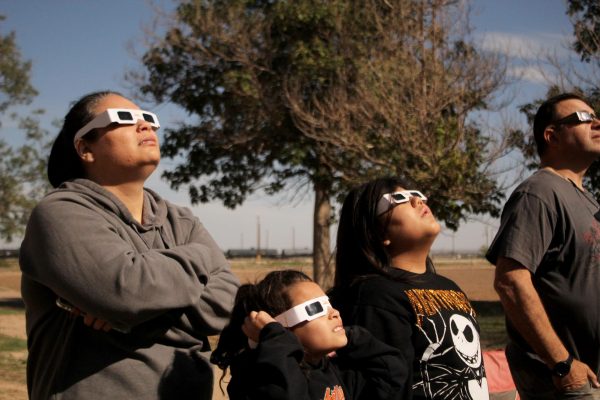
Shayan Abotalebi, a student member of the project, explained the equipment used during the project.
“We are launching balloons, high altitude balloons that are attached to radiosondes,” Abotalebi explained. “Radiosondes essentially collect data and transmit it back down to the ground. So, we’re getting temperature, we’re getting wind direction, altitude, we get pressure. We’re getting the speed it’s going up into the atmosphere and the altitude.”
As the balloon rises, the radiosonde measures the atmospheric data and transmits it to a ground station using radio waves. The data collected is used to create weather forecasts and study various atmospheric phenomena.
Graduate student Oana Vesa uses the data processed from the radiosondes to study the gravitational waves in the atmosphere.
“The data collected during this annular solar eclipse will contribute to a better understanding of atmospheric phenomena, particularly atmospheric gravity waves,” Vesa stated. “These waves, driven by buoyancy, are generated during solar eclipses and can provide insights into the mysteries of the sun’s corona, an area of extreme heat still not fully understood by scientists.”
As the moon’s shadow swept across the sun, it created a moment of darkness, prompting curious spectators to witness the remarkable effects of nature. Plants and animals seemed to respond to this sudden change in light, adding an extra layer of fascination to the event.
Shetye detailed the significance of the eclipse. She explained that these occurrences are relatively rare, happening almost yearly but typically in different parts of the world.
“We are lucky to be on the path of the totality,” Shetye said. “The moon’s shadow is quite small when it falls on Earth; maybe 5% gets covered by the shadow. So, the same place getting another eclipse is almost like once in a lifetime to 40 years.”


